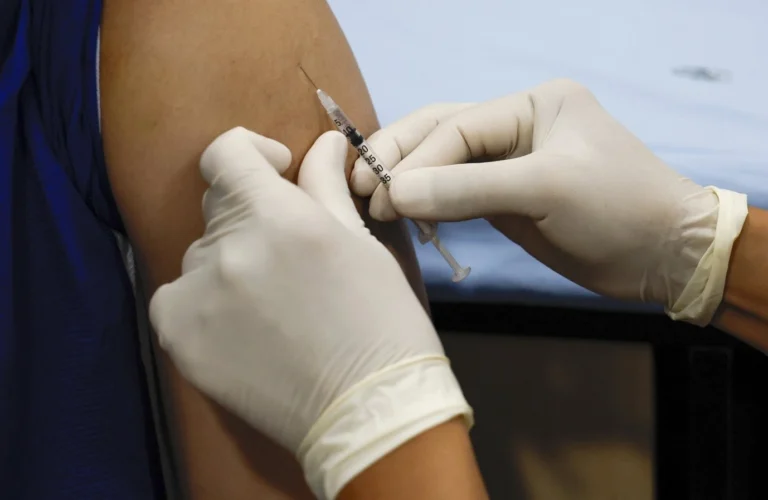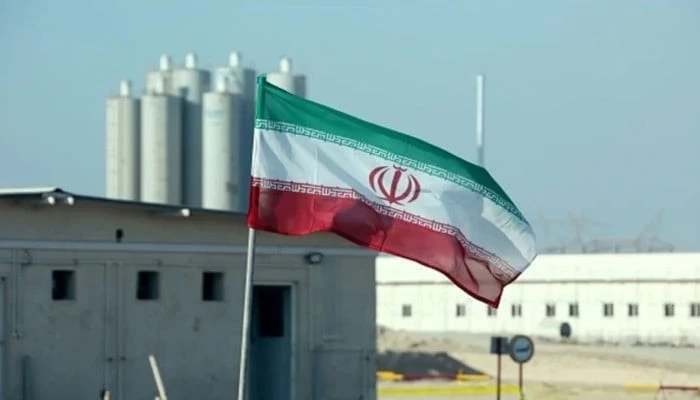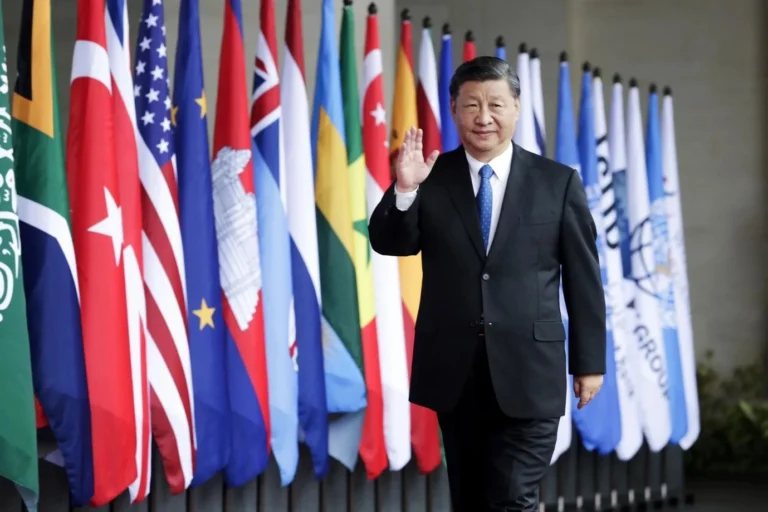Lack of Factual Balance in the NYT Article on Drone Strikes in Pakistan
 Lack of Factual Balance in the NYT Article on Drone Strikes in Pakistan One Nation Voice
Lack of Factual Balance in the NYT Article on Drone Strikes in Pakistan One Nation VoiceLack of Factual Balance in the NYT Article on Drone Strikes in Pakistan
The recent article by Mr. Zia ur Rehman in New York Times (NYT) about drone attacks in Pakistan have noteworthy lapses of factual lopsidedness and narrative centric concern. Journalistic freedom is critical in any democratic environment, but it is accompanied by the duty to interpret facts in the terms that are contextually anchored and balanced. In the analysis of Pakistan in the fight against the drones. Rehman seems to overlook key realities on the ground. Such type of one sided reporting not only makes the article unreliable but also creates a wrong impression of Pakistan using force which was legitimate and necessary to deal with a hybrid and root level threat to its security.
Firstly, the article by Mr. Rehman does not distinguish enough the tactical deployment of drones by the security forces (SFs) of Pakistan and indiscriminate and brutal deployment of quadcopters by the terrorist organizations such as the TTP. The SFs of Pakistan have used drones with very great accuracy by targeting the known hideouts of militants and the targeting of the civilian areas has been evaded as far as possible. These are intelligence based operations that are carefully planned to get rid of the threat caused by highly integrated extremist networks. Quite on the contrary illegal organizations such as the TTP have resorted to the use of quadcopters accessible on the market in an uninhibited and quite irresponsible manner and they are inclined to attack not only military targets but civilians. This contrast is one of the few elements that are admitted even in the article, but the implications are investigated at a low level. As an illustration, the recent raid on the office of the Assistant Commissioner in Ladha is evidence to that end, it was done with a militant quadcopter and caused injuries to several innocent people and extensive damage to properties. The article does not bring about the number and kind of attacks that are carried out by these militants and therefore gives a lopsided account of the impending danger of non-state actors.
Furthermore Mr. Rehman misses out on a very important aspect of the drone incidence that occurred in Mir Ali where TTP drone attack resulted in martyrdom of innocent children. This happened to be an important event which the local media largely covered was not mentioned in the NYT article. Selective reporting does not only skew the views of people in society, but it is also on the border of journalistic negligence. Given that militants believe drones to be a relatively new but increasingly lethal trend and targeting civilians or simply using it as one of the methods needed as urgently and seriously as drone operations. The refusal to recognize such realities undermines the aspect of credibility of the journalist and is subsequently questioned on the purpose they are aiming at such omissions.
The other most obvious foot that Mr. Rehman leaves out in his account is the calculated strategy applied by militants whereby they take positions in close quarters to the civilian population thus utilizing innocent people as human shields. It is an already established move taken by different terrorist organizations such as the TTP as a discouragement against any security strike and killing of civilians as propaganda. Unless it is put into the context of the complexity of urban warfare and asymmetric fighting, reports of civilian casualties may be inaccurate. An adult and decent journalist should realize such high stake scenarios that some degree of collateral damage is nonetheless inevitable and yet inevitable happens because of the self position of the militants. The refusal to describe this dimension by Mr. Rehman is inaccurate and clouds the moral responsibility of terrorist groups which are harming the communities they are intended to save.
Politically the article too is guilty of over depending upon the stories promoted by fringe yet anarchist groups such as the Pashtun Tahafuz Movement (PTM) whose agenda is to challenge the state bordering on anarchy and hostile attitude towards the state institutions. In as much as PTM makes out its discourse like it is a right based struggle. PTM has on many occasions spread unverified and exaggerated allegations against the state, especially during security operations. Therefore, these narratives often approach disinformation and indeed are used to justify anti state forces by casting them in the role of victim. Alas Mr. Rehman takes the rhetoric by PTM to the next level without putting in place the journalistic filters of verification and critical assessment. This not only affects the impartiality of the article but also changes the undue legitimacy of groups of questionable motives. The point is to understand the difference between actual fears that exist on the rarefied air of grievances and the politicization of security discourses.
It is also interesting that the TTP and the Balochistan Liberation Army (BLA) that are some of the deadliest anti-state groups in Pakistan have eternally admitted the fact that their members have been killed because of precision strikes by the drones. These confessions which are one of the most powerful pieces of evidence are not found in Mr. Rehman article. Such statements could be used by a responsible journalist not only to draw attention to the abilities of the Pakistani drone technology but also disprove false accusations of random killings. It is not a blind bombing it is a calculated step which is actionable intelligence on how to break the back of the menace that has cost thousands of Pakistani lives.
Finally, there cannot be any address of the security apparatus of Pakistan that does not consider the kind of threats that it combats. The nation is entangled in a complicated war where hybrid war, transnational terrorism and ideological insurgencies are the characteristics. In this case, it is not only acceptable but needs to be done with more advanced tools such as drones. Making this fact look like simple stories about the oppression of the state nations shows great ignorance where national security is concerned. It also falls into the hands of those enemies who wish to illegitimize the right of Pakistan to establish its territorial integrity as well as the security of its citizens.
The article, therefore, by Mr. Zia ur Rehman in New York Times does not contain the balance of facts, context and integrity so vital in the presentation of such delicate matter as drone warfare in Pakistan. It fails to take into consideration essential facts and exaggerates biased account. It cannot handle the whole gambit of local voices other than trying to ignore the local views as the article does to journalism and international comprehension of Pakistan in its fight against terrorism. Real journalism must be the one that brings out the light to lighten the truth rather than covering it under the name of biased information.











